- Bernard Preston homepage
- Lignans
- The Greatest Risk Factor for Breast Cancer
The greatest risk factor for breast cancer
The greatest risk factor for breast cancer is the lack of fibrous foods like nuts, seeds and legumes that are rich sources of important phytonutrients.
Those who read the popular press faithfully will surely have noted feature articles with headlines such as “Breast Cancer: know your risk.” It's a disturbing subject, not to be missed by anyone. Men too can get the disease.
Breast cancer is the most prevalent cancer of women, nearly one in four of the malignant tumours.
Even more distressing perhaps, we are told that increasingly young women are affected in South Africa, now one in five cases of breast cancer are 40 and younger; with the peak at 34. Worse, these are the more aggressive cancers affecting mothers of young families. No longer can anyone pretend, ostrich-like, “this only happens to others.”
The articles describe in some detail those at risk; women who have not had children, have not breast fed or are taking HRT.
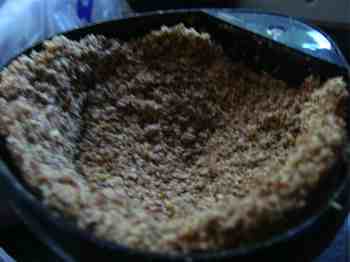 Freshly-ground flax seeds are and easy, cheap source of lignans.
Freshly-ground flax seeds are and easy, cheap source of lignans.Lignans
But concerning for me, perhaps the great risk factor was not mentioned; a deficiency of dietary plant nutrients known as lignans that are converted by bacteria in the healthy gut into enterolactone, a hormone that competes with female oestrogen at sites on the breast for absorption.
Lignans are found in true whole grains containing all the bran, seeds and nuts; legumes, fruit and vegetables too. No woman should be deficient but those consuming mainly ultra-processed meals are at risk of falling victim to highly malignant breast tumours and other cancers too.
These lignans are usually extracted by millers and food manufacturing companies.
Today’s “industrial diet,” as Prof Tim Noakes describes it, is perhaps the greatest risk factor of developing breast cancer.
The Cancer Society recommends a true whole grain (like a mealie or brown rice) and a legume (beans, peas or lentils) at every single meal. Almost no one does that, or once a day; even weekly. When did you last eat a true whole grain? They are increasingly difficult to find in shops and considered a “health food,” are often a lot more expensive.
Google “Research: Whole Grain Consumption for the Prevention and Treatment of Breast Cancer.” Scientists have found that just one helping of a true whole grain every day gives almost 50% protection against breast tumours; prostate cancer too. That’s massive. Two helpings and hummus with your salad might give almost complete protection.
Breakfast
Lunch
Supper
Wholegrain grits
Wholegrain bread
Corn on the cob
Eggs Parkinson's Disease
Hummus
Green beans
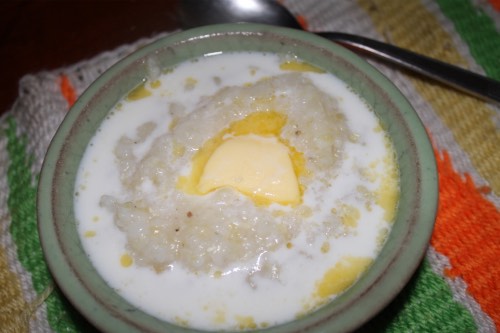
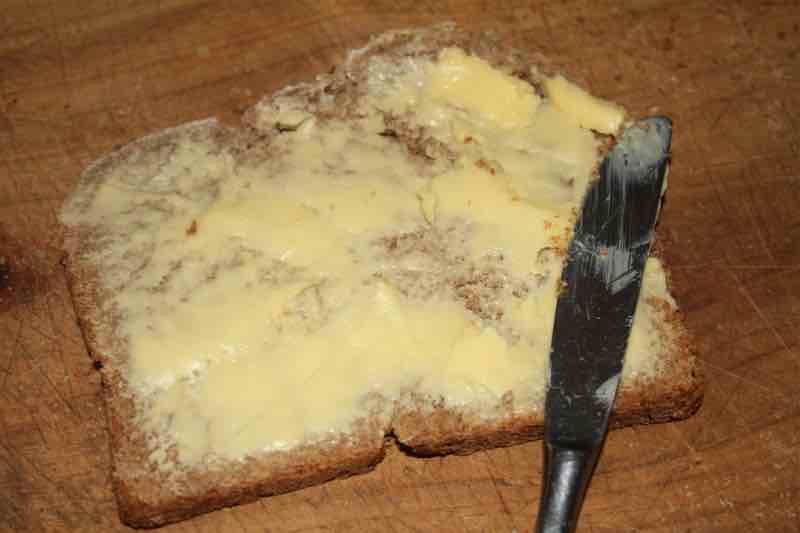

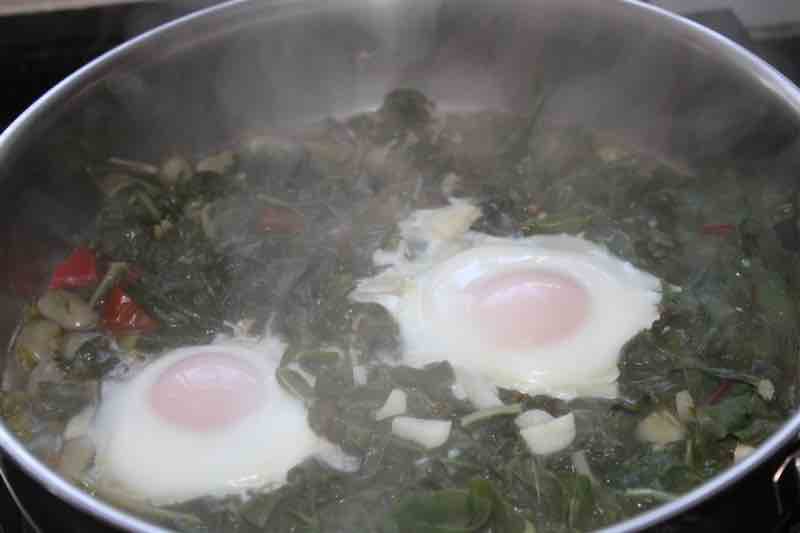
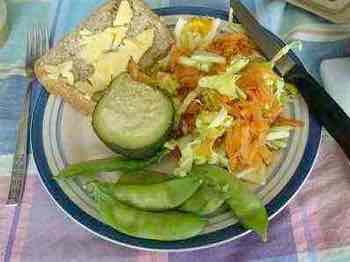

It's difficult to see the broad beans in Eggs Parkinson's Disease; this wonderful legume is the only natural source of dopamine. Likewise the hummus filling the bowl of an avocado is hidden.
Flax seeds are the easiest source of lignans
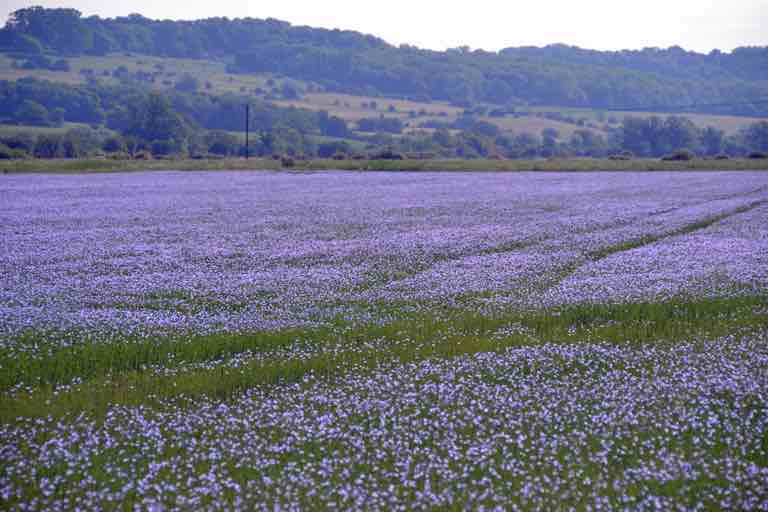 Flax is also the source of wonderful honey; and the pollination of the flowers by bees greatly increases the crop.
Flax is also the source of wonderful honey; and the pollination of the flowers by bees greatly increases the crop.The easiest source of lignans, an inexpensive one too is flax seeds. Just one tablespoon sprinkled on your cereal or made into a smoothie with nuts and berries, taken daily would go a long way to protecting us against breast and many other cancers.
They have to be freshly-ground or they pass through the gut unchanged and may contribute to diverticulitis. You need one of those inexpensive small coffee grinders with a spinning blade; it can be used for spices too. It takes less than 30 seconds.
And they need to be freshly ground; the oils in flax seeds, once exposed to air go rancid very quickly. It is an omega 3 fat called ALA that is highly anti-inflammatory and has many other protective benefits too.
True whole grains
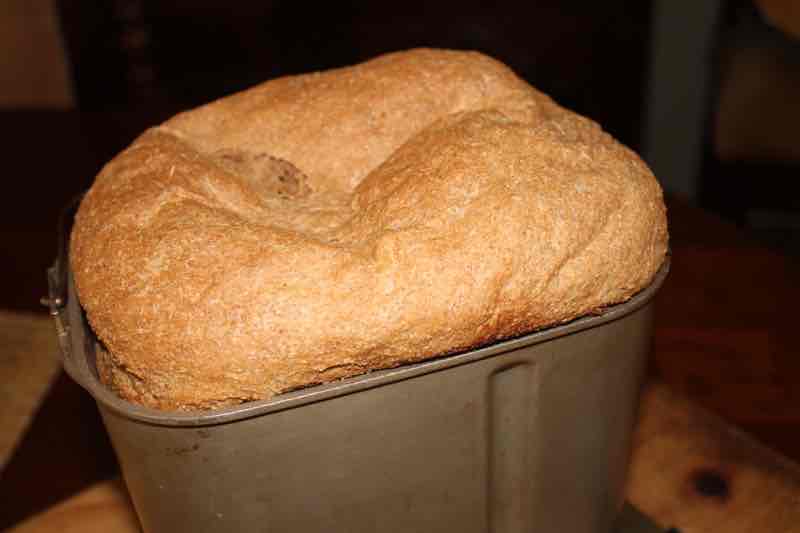 True wholegrain bread
True wholegrain breadThere are many different forms of lignans. It behooves us to regularly consume as many of these numerous kinds as we can; so a widely varied diet. Animal products have almost none, by the way.
True wholegrain meal is almost impossible to purchase in grocery stores which is why we first bought a small grinder and then a large industrial mill; initially just for our own consumption but now for creches and the poor.
The mills were not cheap (R6000 and R17,000) but very inexpensive in comparison with the high risk of these aggressive cancers.
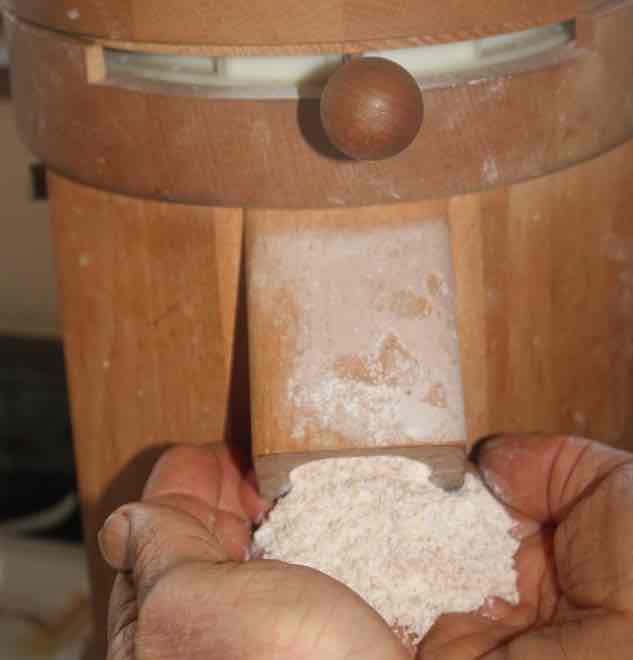
True wholegrain meal contains all the germ, bran and flour in exactly the same proportions as in the kernel. Maize and wheat currently but we are also looking at mabela (sorghum).
 A modern maize mill
A modern maize millYellow maize meal has numerous advantages, in particular being rich in the precursor of vitamin A. Two children die every single day in SA from a deficiency. It makes them vulnerable to every passing virus, especially measles and encephalitis; and blindness.
Nearly half a million children go blind in the world every year because of a vitamin A deficiency. True wholegrain is also not fattening and is far more tasty; it even lowers blood pressure because of a very high potassium content.
 True wholegrain yellow polenta is also a rich source of vitamin A
True wholegrain yellow polenta is also a rich source of vitamin AI freely admit to being fiercely determined not to get cancer, verging on fanaticism. My friends call me Johnny B, a lone reed shaking in the wind, after John the Baptist. I am honoured. I abhor cake flour and super-refined maizemeal.
The first Johnny B lost his head; I may too. Commercial millers will not take kindly to this essay; sold to farmers for animal feed, the bran and germ are highly profitable.
Whole grains are chewy, they take time to eat and they don’t have the “mouthfeel” of a slice of cheesecake. The honest truth is that most folk do not like them. Uninformed about the importance of lignans (and other phytonutrients in whole grains) they far prefer white bread, cakes and delicious scones; super refined mealiemeal and white rice too.
Legumes
Legumes contain a different lignan and also need to be consumed daily if we are serious about protection against debilitating disease. We personally prefer green beans and peas to those that are dried, so we grow many different varieties; then they are available year-round. But we also enjoy chickpeas and lentils regularly too.
 In all five Blue Zone countries they grow and consume broad beans
In all five Blue Zone countries they grow and consume broad beans- Blue Zone longevity
- My journey with broad beans; the only food source with pharmaceutical amounts of dopamine for tremors.
Nuts
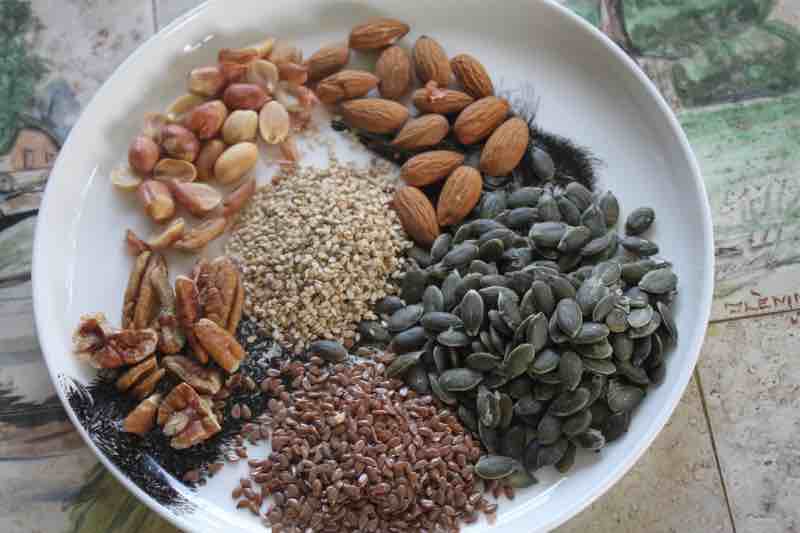 Nuts and seeds are also rich sources of magnesium
Nuts and seeds are also rich sources of magnesiumWe are fortunate having many different nuts available. They too are rich sources of lignans. The pecan bowl never leaves our dining room table; we love cracking macadamias.
Fruit and vegetables
Fruit and vegetables too are good sources of lignans. In spring we daily enjoy many different berries from the garden. They make wonderful smoothies with kefir; the happy tum and powerful prevention of breast disease.
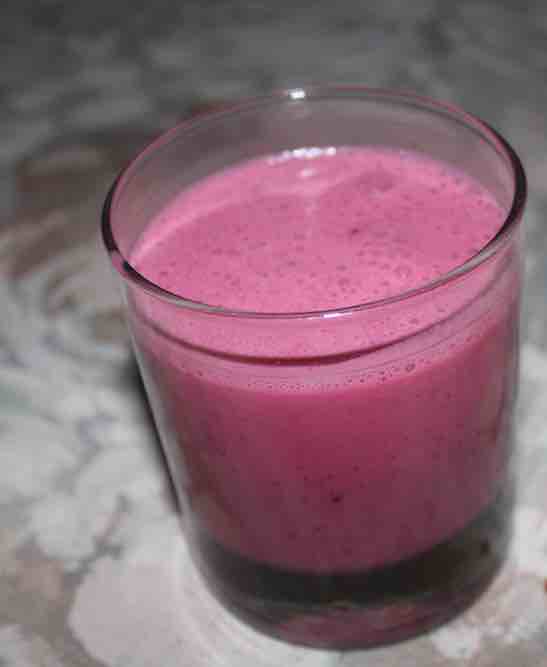
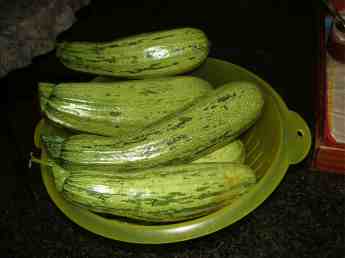
Prevention, it’s a whole lot better than a cure
I really do believe in regular breast examinations and imaging of suspect lumps. But at Our Green Home we put even more energy into doing everything we know to prevent these nasty diseases.
Would you join me in becoming another reed rustling in the wind? The world needs more fanatics; the kind that treasure the goodness of life and would love one distant day to “die healthy.”
The greatest risk factor for breast cancer
The greatest risk factor for breast cancer is a diet short of lignans.
When browsing use right click and "Open Link in New Tab" or you may get a bad gateway signal.
Newsletter
Our newsletter is entitled "create a cyan zone" at your home, preserving both yourself and Mother Earth for future generations; and the family too, of course. We promise not to spam you with daily emails promoting various products. You may get an occasional nudge to buy one of my books.
Here are the back issues.
- Lifestyle and ideal body weight
- What are ultra-processed foods?
- Investing in long-term health
- Diseases from plastic exposure
- Intensive lifestyle management for obesity has limited value
- A world largely devoid of Parkinson's Disease
- The impact of friendly bacteria in the tum on the prevention of cancer
- There's a hole in the bucket
- Everyone is talking about weight loss drugs
- Pull the sweet tooth
- If you suffer from heartburn plant a susu
- Refined maize meal and stunting
- Should agriculture and industry get priority for water and electricity?
- Nature is calling
- Mill your own flour
- Bake your own sourdough bread
- Microplastics from our water
- Alternative types of water storage
- Wear your clothes out
- Comfort foods
- Create a bee-friendly environment
- Go to bed slightly hungry
- Keep bees
- Blue zone folk are religious
- Reduce plastic waste
- Family is important
- What can go in compost?
- Grow broad beans for longevity
- Harvest and store sunshine
- Blue zone exercise
- Harvest and store your rainwater
- Create a cyan zone at your home
Did you find this page interesting? How about forwarding it to a friendly book or food junkie? Better still, a social media tick would help.
- Bernard Preston homepage
- Lignans
- The Greatest Risk Factor for Breast Cancer
Address:
56 Groenekloof Rd,
Hilton, KZN
South Africa
Website:
https://www.bernard-preston.com